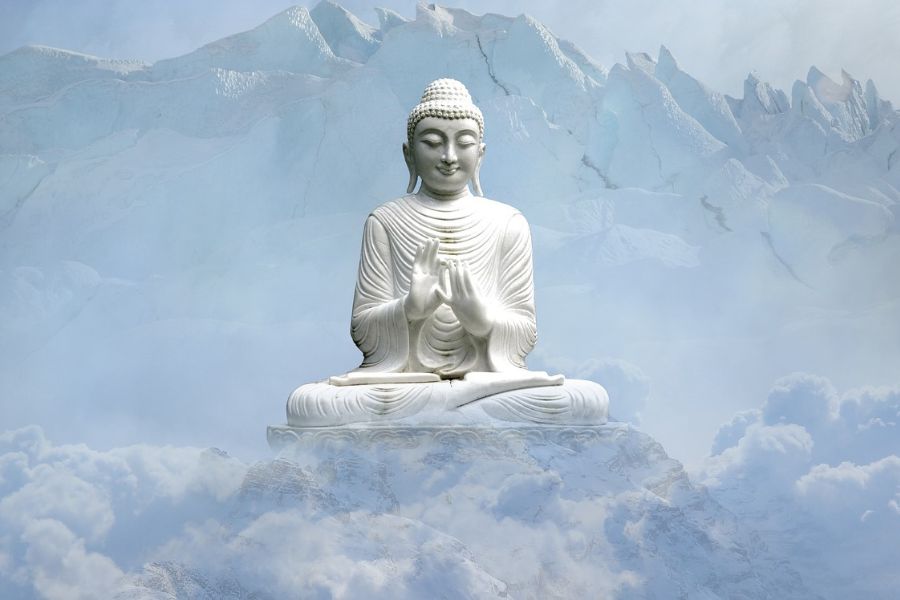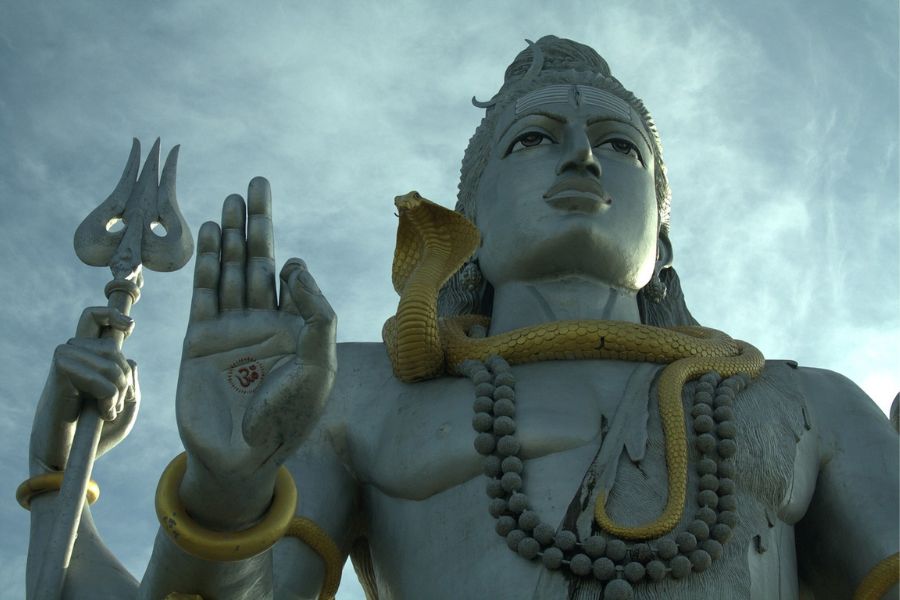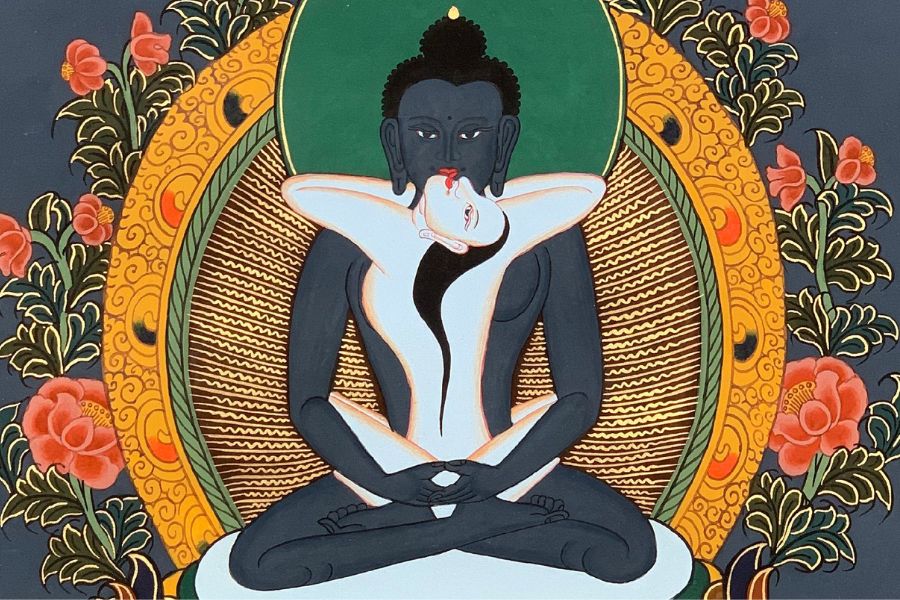Dreams have been a profound and mysterious subject throughout human history. In various esoteric, gnostic, and psychological traditions, dreams are seen as bridges between the conscious and unconscious, or even as doors to the spiritual world, providing insights into the soul and the inner state of the individual. In this guide, we will explore dreams from three distinct perspectives: esoteric, gnostic (based on the teachings of Samael Aun Weor), and Jungian.
Esoteric Perspective on Dreams
In the esoteric field, dreams are often seen as manifestations of the deep unconscious and, at the same time, as spiritual messages. Many esoteric traditions believe that the world of dreams offers a portal to higher spiritual planes, and understanding these dreams can lead to self-awareness and spiritual evolution.
Spiritual dimensions: Dreams are not merely a product of the mind, but also an expression of spiritual realities. In many esoteric systems, dreams can be interpreted as visits to higher planes of existence, where the ego can be confronted with universal truths.
Symbolic depth: Each symbol in dreams has multiple meanings, many of which are not accessible to superficial understanding. Symbols in dreams are often related to spiritual archetypes that transcend physical reality.
Path to self-knowledge: Esotericism views dreams as powerful tools for self-knowledge. Through analysis and the practice of techniques like astral travel (also called out-of-body experiences or astral projection), one can explore consciousness beyond the physical body, gaining understanding of one's true essence and spiritual destiny.
Lucid dreaming: A key part of esoteric tradition is the practice of lucid dreaming, where the dreamer becomes aware that they are dreaming and can influence the content of the dream. This is seen as a way to strengthen mind control and expand consciousness.
Gnostic Perspective of Samael Aun Weor on Dreams
Samael Aun Weor, founder of the modern Gnostic movement, offers a unique perspective on dreams, deeply tied to the quest for enlightenment and spiritual self-awareness. In the Gnostic view, dreams play a fundamental role in the internal transformation of the human being, helping to identify the darker aspects of the psyche and integrate deep knowledge of the soul.
Dreams as a reflection of the internal state: According to Samael Aun Weor, dreams reveal the true spiritual condition of the human being. They act as a mirror to the soul, reflecting the aspects of the ego and the negative tendencies of the individual. What appears in dreams should, therefore, be carefully analyzed, as it offers clues on what still needs to be worked on.
Spiritual awakening through dreams: For the Gnostic, dreams can be an important channel for spiritual awakening. They help the individual see beyond the illusion of the material world and offer an opportunity to explore higher planes of consciousness, where they can receive direct teachings from spiritual masters.
Initiatory dreams and hidden teachings: In many cases, dreams may serve as a means of transmitting hidden spiritual knowledge. The Gnostic believes that during sleep, the astral body can separate from the physical body and venture into spiritual worlds, where it receives direct instructions from spiritual masters or angels. These dreams are often seen as initiatory dreams.
Purification of the ego in dreams: Samael Aun Weor emphasizes that, to achieve enlightenment, the human ego must be purified. In dreams, the aspects of the ego are often more evident, and working with them, especially through practices like sexual energy transmutation, is essential for spiritual evolution.
Dream control techniques: In Gnosticism, there is the practice of out-of-body experience or astral travel. Samael Aun Weor teaches techniques to control and develop awareness during sleep, which can lead to the experience of lucidity within dreams and eventually to the full experience of inner awakening while outside the physical body.
Jungian Perspective on Dreams
Carl Jung, the renowned Swiss psychoanalyst, brought a distinct and profound approach to dream interpretation. For Jung, dreams are an expression of the unconscious and an essential vehicle for self-awareness and individuation, the process by which a person becomes fully conscious of their true and integrated nature.
The collective unconscious: For Jung, dreams are a way of connecting with the collective unconscious, a layer of the unconscious shared by all of humanity. The collective unconscious contains archetypes, universal symbols that appear in the dreams of all cultures and epochs. These archetypes, such as the Shadow, the Anima or Animus, the Hero, and the Wise Old Man, are fundamental images that represent universal aspects of the human psyche.
Symbols as keys to self-awareness: Jung believed that the symbols in dreams should not be taken literally, but interpreted on a deeper level. Each symbol is a vehicle for the unconscious to communicate, and its meaning is often multilayered. For example, a dream of a river could symbolize the flow of life or even the journey of the unconscious.
The Shadow and individuation: The concept of the Shadow in Jung refers to the repressed and unrecognized aspects of the psyche. In dreams, we often confront our Shadow, those aspects of ourselves that we avoid or reject. The process of individuation involves integrating these shadowy parts to achieve a more balanced and whole psyche. Thus, dreams often bring to light the aspects that need to be acknowledged and transformed.
The individuation process: Jung saw dreams as a crucial tool in the individuation process, where the individual begins to integrate the scattered parts of their psyche. For him, dreams are like messages from the unconscious, guiding the individual toward self-awareness and balance. Dream interpretation, therefore, helps a person become more conscious of themselves and their inner motivations.
Lucid dreams and the exploration of the unconscious: Jung was also interested in the idea of lucid dreams, where the dreamer becomes aware that they are dreaming and can, in some way, influence the content of the dream. However, Jung saw this lucidity as something that needs to be carefully integrated into the individuation process, not as an escape from reality, but as an opportunity to explore deeper aspects of the psyche.
Dreams, from the esoteric, gnostic (Samael Aun Weor), and Jungian perspectives, offer fascinating views into the unconscious, the soul, and the spiritual evolution of the human being. For esoteric and Gnostic traditions, dreams are portals to spiritual dimensions and opportunities for self-transformation, while for Jung, they are fundamental expressions of the unconscious, filled with symbols and archetypes that aid in the process of individuation.
In all these approaches, the ultimate goal is profound self-knowledge and the awakening of a broader consciousness, whether through spiritual practices like meditation and Gnostic teachings, or through psychological exploration of the psyche as proposed by Jung.




















